Best looper pedals 2025: these are the greatest loop stations for every budget
Explore our pick of compact and floorboard loopers from the likes of Boss, TC Electronic, Line 6, and more
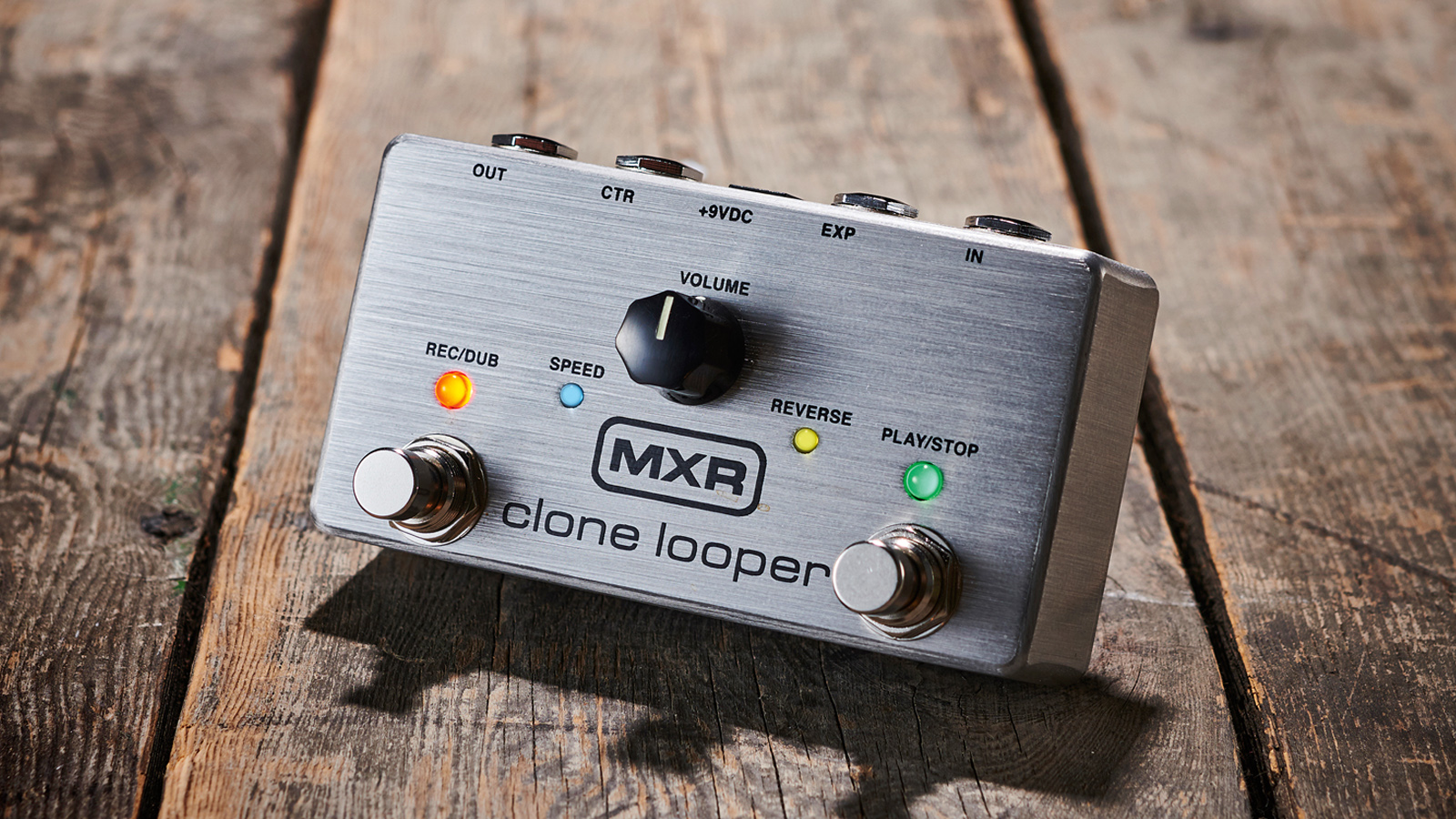
Looper pedals are a strange beast when it comes to the world of guitar pedals. In one sense it’s a very utilitarian thing to have on your ‘board but in another, it’s a whole creative tool within itself. The best looper pedals allow you to both practice efficiently and perform beyond what’s capable with a single instrument. Take to the stage by yourself with drums, basslines, and multiple guitar tracks, or just add extra texture to your full band setup, whichever it is, these pedals are a worthy addition to any guitar player’s pedalboard.
From solo performers like Ed Sheeran to moody instrumentalists Russian Circles there are plenty of examples of professional musicians utilizing loopers to enhance their live performances. Whether it’s jamming live over backing tracks, or playing a part and then harmonizing on top of it, a looper pedal can expand your sound massively. But a looper pedal isn’t just limited to performing, it also makes a fantastic practice and writing tool, allowing you to overdub guitar lines by yourself to create arrangements or just practice your soloing.
This makes a looper an incredibly powerful tool for a guitarist, and some of them can get pretty deep when it comes to features, so we’ve pulled together the best for all uses in one place for you. If you’d like to learn more, be sure to check out our buying advice section at the bottom of this article. To see the very best looper pedals available today, just keep scrolling.
Best looper pedals: Our top picks
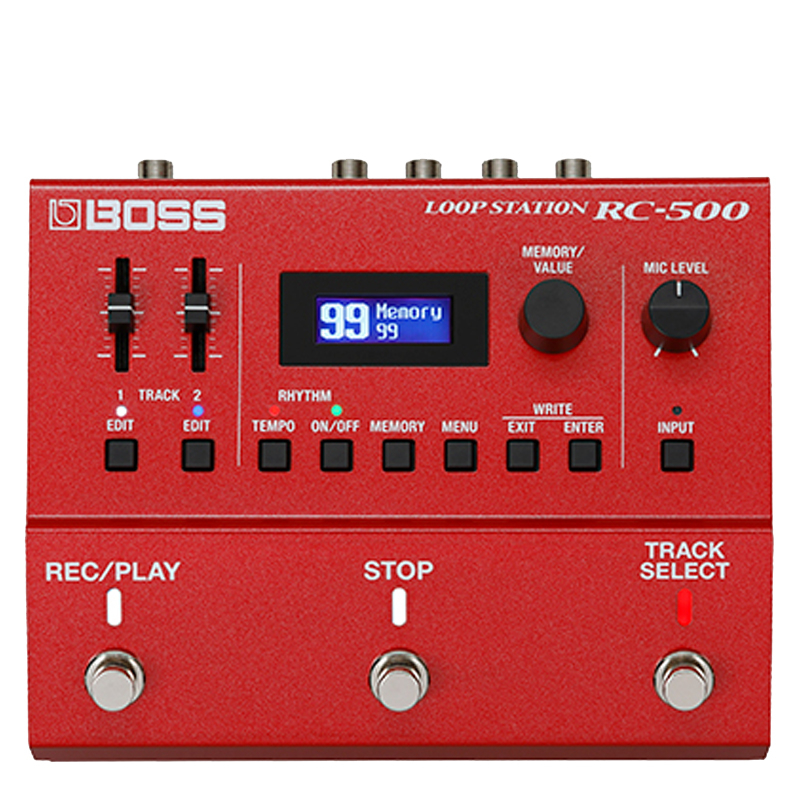
This newly designed looper takes everything you loved about the RC-30 and brings it into the modern day. Now sporting an extra footswitch for selecting a track, there is no need to learn how to tap-dance to operate this pedal.
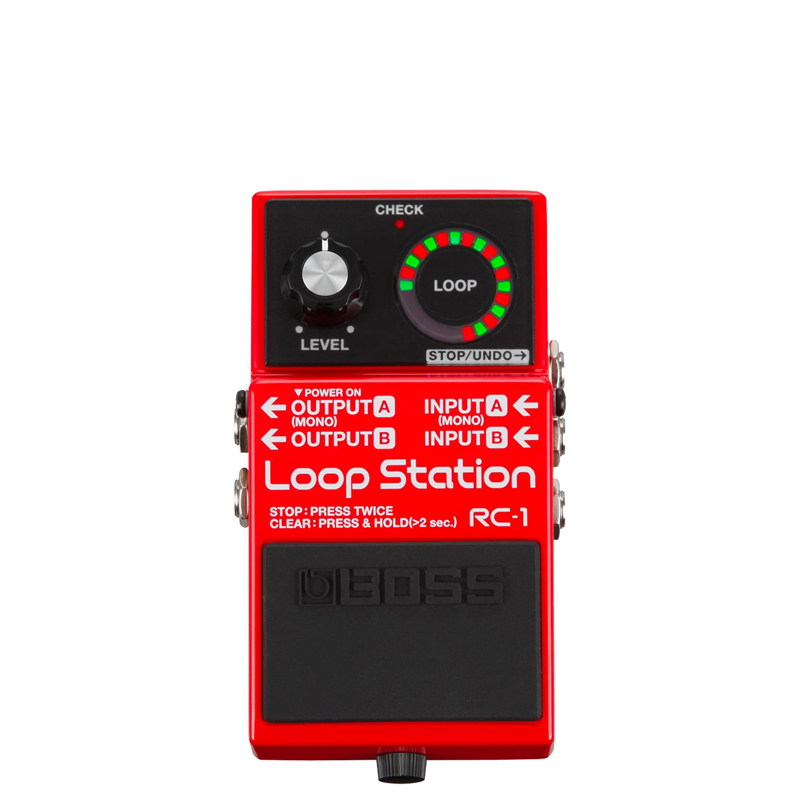
Widely regarded as one of the industry standard looper pedals, the Boss RC-1 Loop Station is a stalwart in this category, so it rightfully deserves the top spot for beginners. It is incredibly intuitive to use and is excellent value for money.

This super-compact mini pedal features a bright LED screen for real-time feedback, a whopping 60 minutes of loop time, and 24-bit audio quality. The Ditto+ also features the groundbreaking Extended Loop Mode.
Best overall
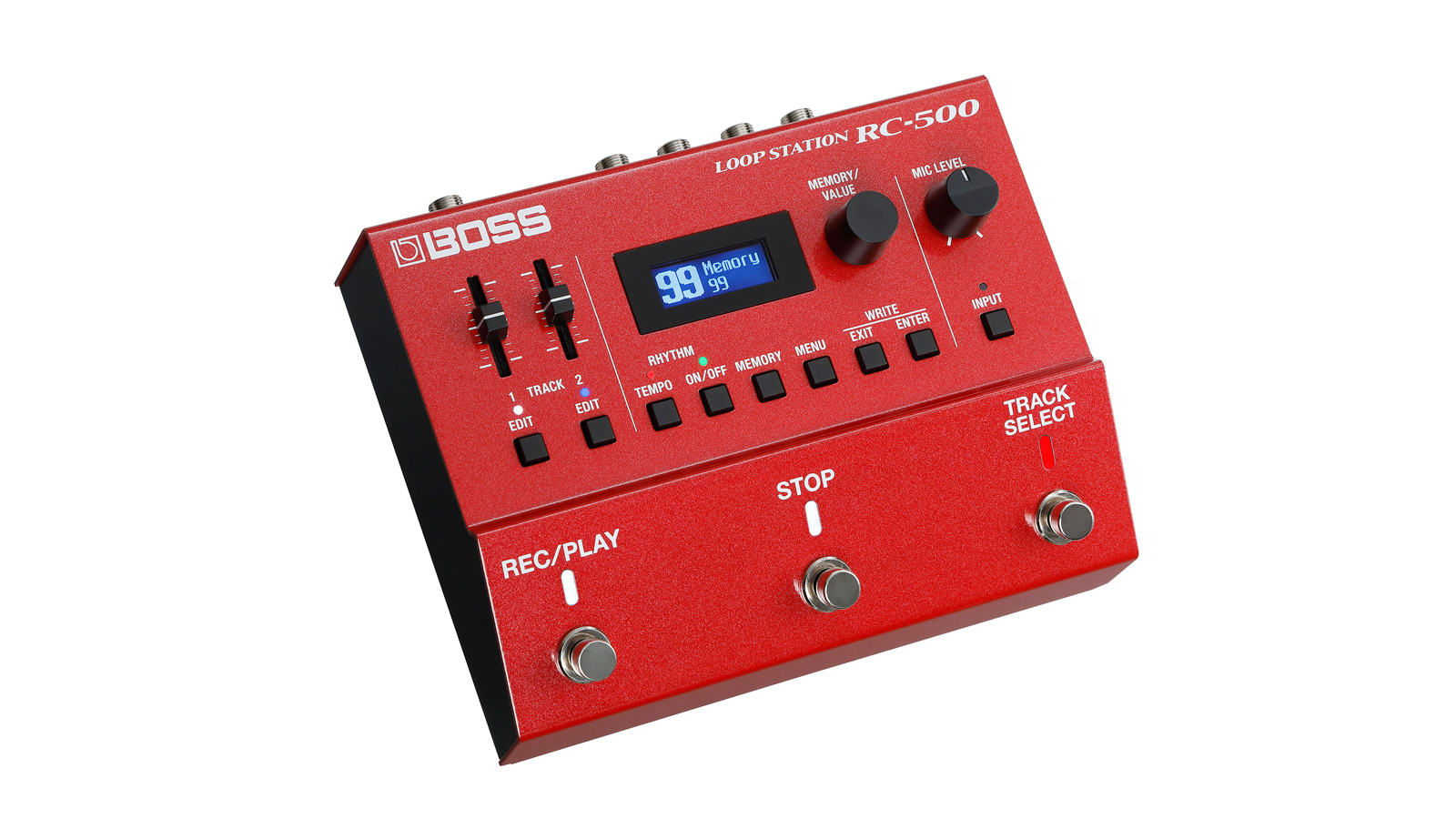
1. Boss RC-500
Our expert review:
Specifications
Reasons to buy
Reasons to avoid
2015 saw the successful introduction of the Boss flagship 500 series pedals. With this series being an almighty hit, it was only a matter of time until the iconic RC-30 got the 500 treatment, and thus the RC-500 was born.
This newly designed looper takes everything you loved about the RC-30 and brings it into the modern day. Now sporting an extra footswitch for selecting a track, there is no need to learn how to tap-dance to operate this pedal.
The Boss stereo looper engine boasts a whopping 13 hours of recording time with 32-bit audio quality. With both instrument and microphone inputs, stereo outputs and MIDI in/out, there's no shortage of connectivity on the RC-500. If that wasn't enough, it also features studio-quality effects and in-built rhythms, with 16 different drum kits and 57 preset rhythms. What more do you need?
Best for beginners
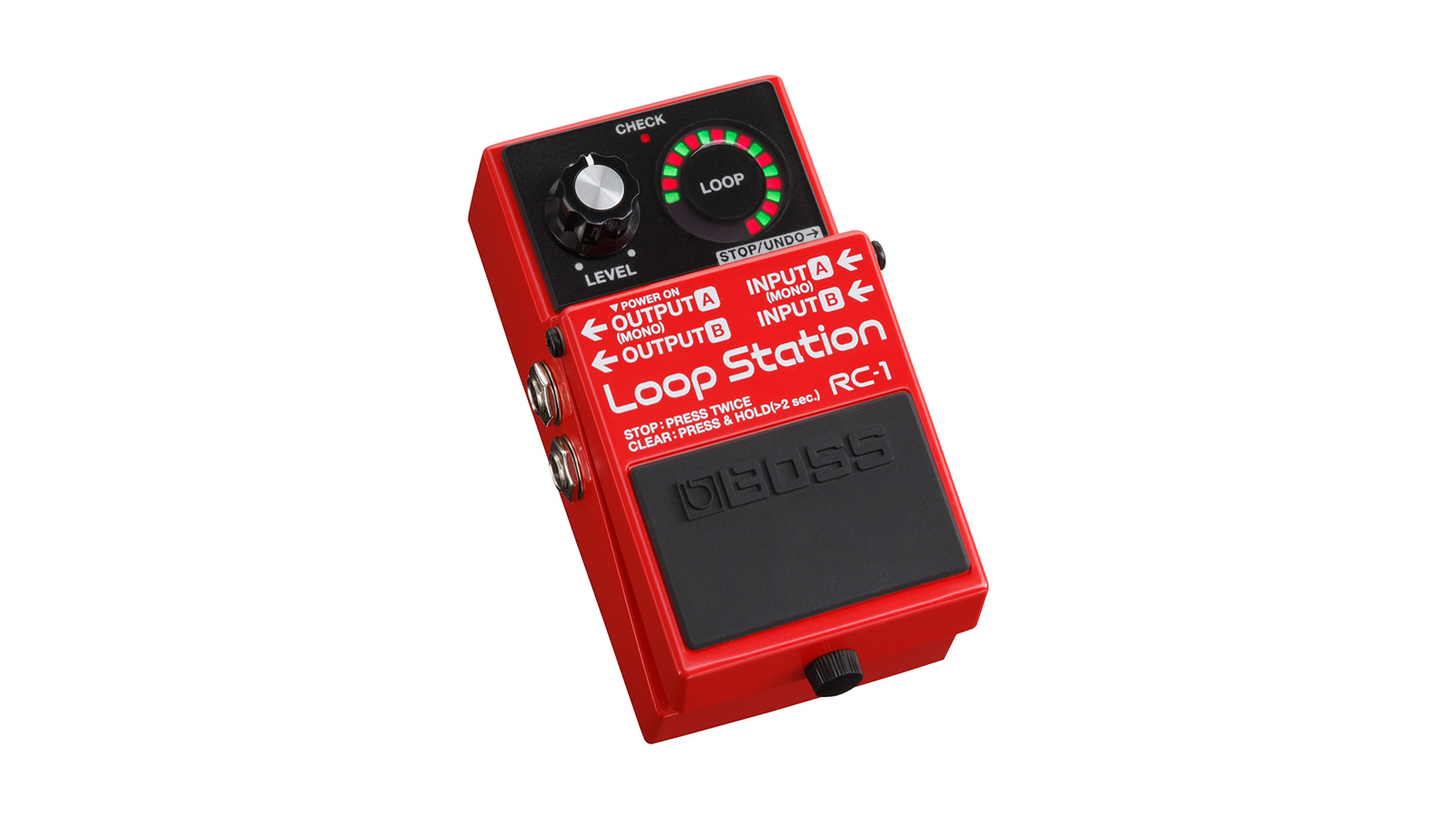
Specifications
Reasons to buy
Reasons to avoid
Boss’s most user-friendly offering in its industry-standard Loop Station line boasts a big ol’ 'clock face' dial to help you keep track of how far along your current loop it is, with just a single level control to worry about.
A solitary footswitch handles your play/stop, undo/redo functions, but as you get more experienced, you can add external footswitches for additional functionality.
Stereo inputs and outputs and a whopping 12 minutes of recording time round out the feature set, while your last loop is stored in the pedal even after you turn it off.
Read our full Boss RC-1 Loop Station review
Best compact
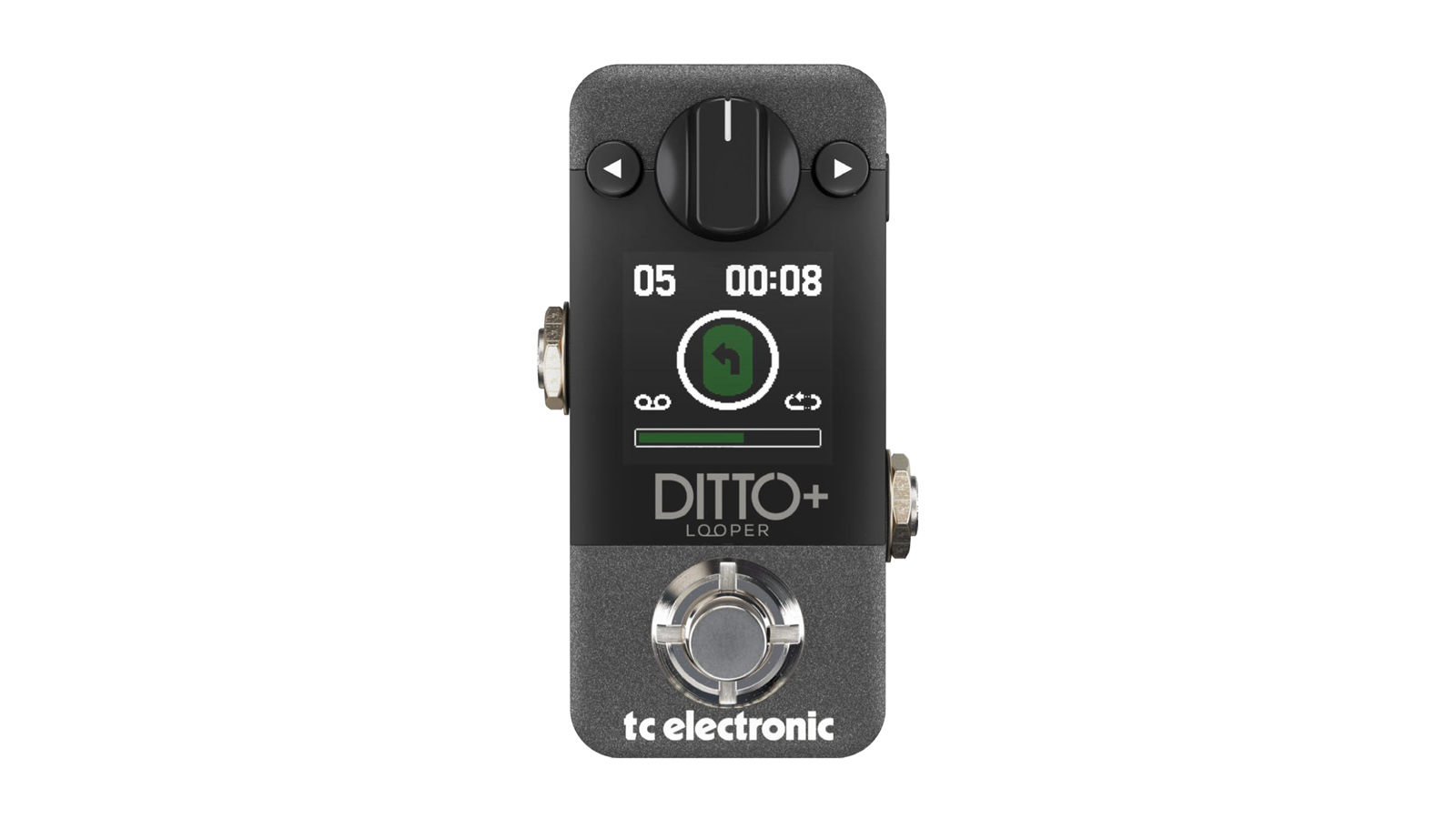
Specifications
Reasons to buy
Reasons to avoid
If you find yourself longing for a looper but don't want to give up valuable pedalboard real estate, then the TC Electronic Ditto+ may just be the looper for you.
This super-compact mini pedal features a bright LED screen for real-time feedback, a whopping 60-minutes of loop time, and 24-bit audio quality. The Ditto+ also features the groundbreaking 'Extended Loop Mode', which allows the user to overdub longer phrases on top of shorter loops. Basically, you could overdub a 2-bar melody on top of your initial 1-bar loop, and the Ditto+ will cleverly extend the original loop, so it aligns with the new overdub.
The Ditto+ expands on the original Ditto and catapults it into the modern age. With a small footprint, clever new features and a substantial amount of recording time, this pedal is definitely worth checking out.
Read our full TC Electronic Ditto+ review
Best 4-pedal looper
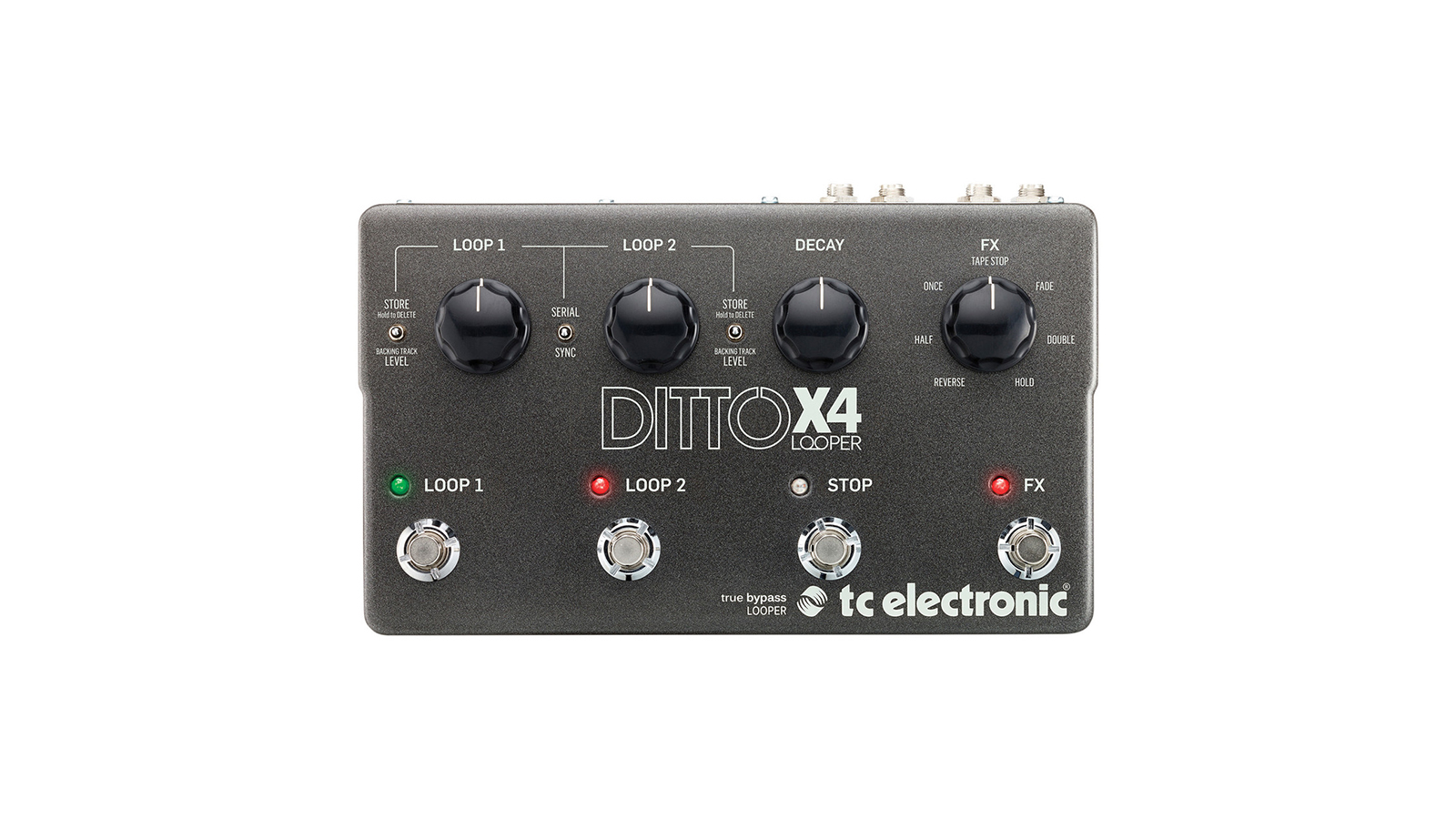
Specifications
Reasons to buy
Reasons to avoid
The no-nonsense X4 serves up two stereo loops, each with their own footswitch, as well as a dedicated ‘stop’ switch, and an FX switch.
You can use the latter to make a loop stop at the end of its cycle, stop immediately, or even via a fade or cool tape reel-esque slowdown, as well as reverse, or half-/double-speed a loop.
As you’d expect from TC Electronic, the sound quality is impossible to fault, while techier loopheads also get MIDI sync and loop transfer functionality, as well as the ability to configure how overdubs and serial loops record.
Read our TC Electronic Ditto X4 Looper review
Best effects

5. Line 6 DL4 MKII
Our expert review:
Specifications
Reasons to buy
Reasons to avoid
Okay so this is primarily a delay pedal but hear us out because the Line 6 DL4 MKII is also harboring a brilliant looper in its huge feature set. The original DL4 was the introduction for many guitarists to the possibilities of looping, becoming something of a cult classic with some players going as far as to buy it just for its looping capability.
The DL4 MKII sees a significant upgrade on the original’s capabilities but retains an easy-to-use ethos with four separate footswitches to control your loops. It’s got up to 240 seconds of looping time, which goes down to 120 seconds in stereo mode, so whilst it’s not as long as some on this list it’s still plenty to be getting on with.
You can use the delays with the looper too, and it’s easy to switch between both modes by simply holding down the fourth footswitch. The original often suffered from footswitch failures due to the way it was mounted, but thankfully Line 6 has remedied that with a much sturdier feeling construction in the MKII.
Best modern looper
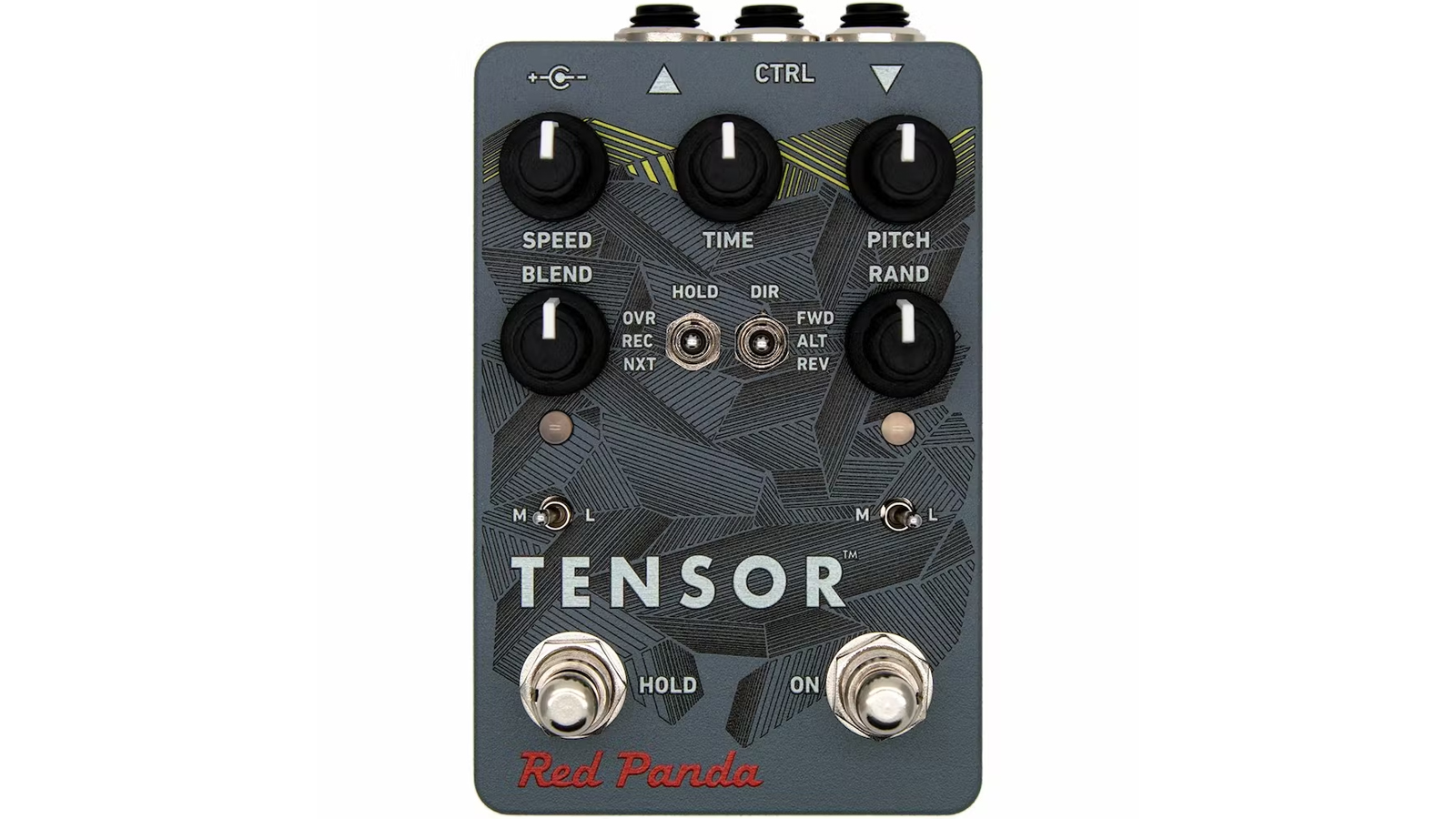
6. Red Panda Tensor
Our expert review:
Specifications
Reasons to buy
Reasons to avoid
Inspired by the Digitech XP-300 Space Station, the Red Panda Tensor takes the basics of a looper and expands massively upon what you thought was possible. If you’re looking for some properly out-there sounds from your looper pedal then this is the one for you.
You can speed up or slow down in real-time, add pitch shifting, or play your loops in reverse, as well as loop, overdub, and slice your sounds in a variety of different ways. The one-shot functionality is a super cool feature, unlocked by updating the firmware, making this a very creative looper pedal.
Like the US government the Red Panda Tensor is always listening, so you can instantly rewind what you just played even if you’re not actively looping. Both footswitches feature momentary and latching operation, allowing you to do some of those glitchy, EDM-style effects and it’s incredibly ruggedly built, with top jacks that save you space on your pedalboard.
Best pro looper

7. Pigtronix Infinity Looper 3
Our expert review:
Specifications
Reasons to buy
Reasons to avoid
The key USP of this triple-footswitched offering is Sync/Multi, which allows you to set the length of loop two to be one, two, three, four or six times the length of loop one - for keen loopmasters, this is an absolute boon for more complicated arrangements.
Loops can also be set to run in parallel or series, where one starts when the other stops, which is ideal for verse/chorus song structures.
You can store your loops in nine preset slots, while there are also USB connection and MIDI synchronisation options. This is a loop veteran’s stompbox, and all the better for it.
Best value looper
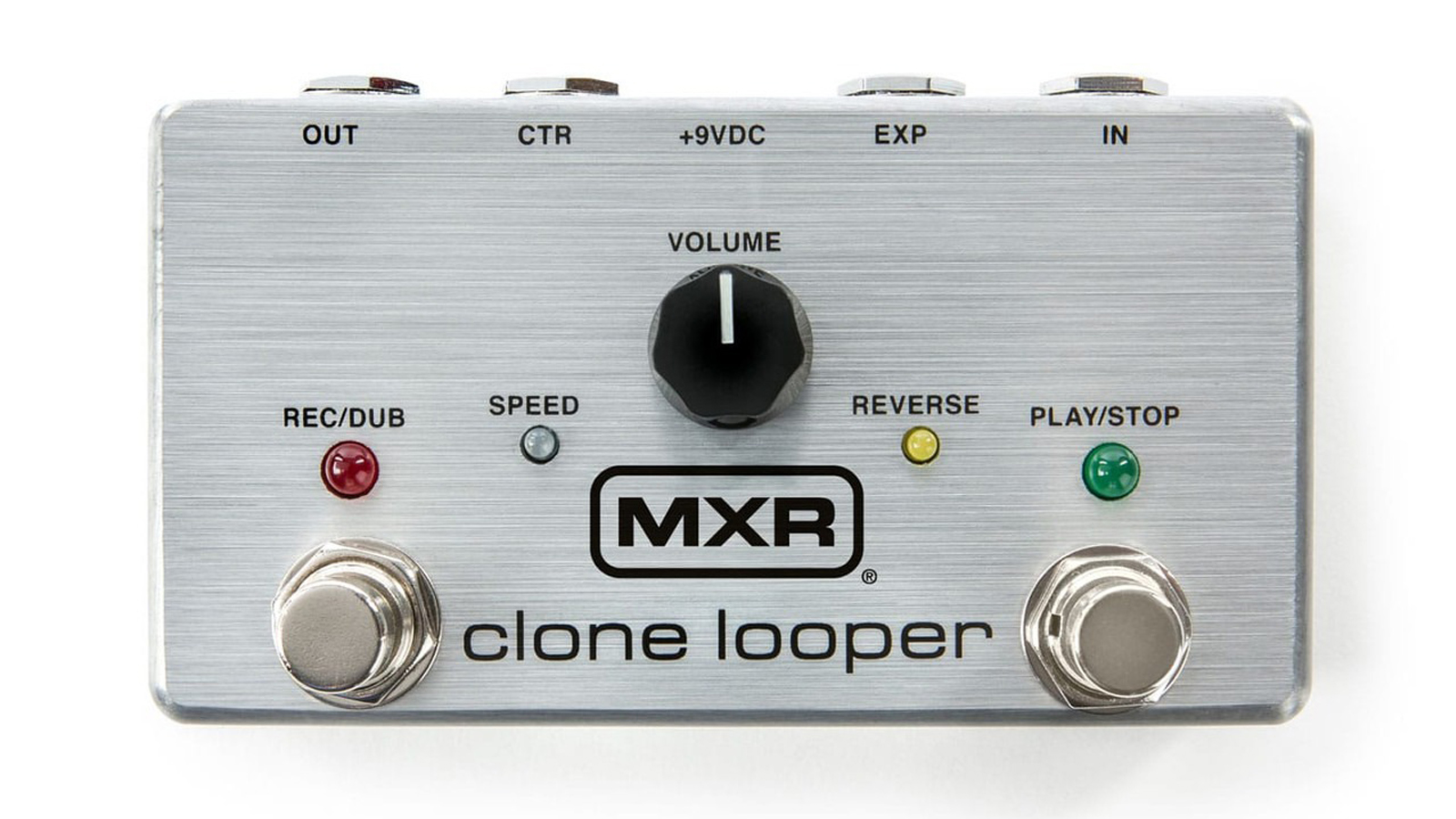
8. MXR M303 Clone Looper
Our expert review:
Specifications
Reasons to buy
Reasons to avoid
Considering its rather tiny footprint, the MXR M303 Clone Looper is packing a lot of functionality. It’s got a whopping six minutes loop time, and the ability to layer unlimited loops too, making it the perfect canvas for creative players to paint upon.
Two separate footswitches allow you to play and stop or record and overdub, making it a great option for live players. Four different lights ensure you always know where you are and what’s happening with the loop, especially important when improvising on stage. There’s a lot more functionality under the hood too, but you’ll need to add an external footswitch to get the most out of this looper.
Recording at 88.2kHz means insanely good quality loops, so your guitar tone will sound phenomenal when it’s played back at you. It’s also built incredibly well, so will certainly put up with plenty of onstage abuse and repeat stomping.
FAQs

What should I look for in a looper pedal?
There’s a vastness in the world of looper pedals that takes you from a simple, one-button control, right through to layering multiple loops up to six minutes long or adding crazy pitch and time effects. So to understand what kind of looper works best for you, you need to take a look at what you need from your playing.
If you’re a solo performer then you’ll want to have a look at how many tracks the looper has first of all. Having only one would probably be quite limiting depending on the genre of music you play, and many loopers feature the addition of drum tracks and basslines to help you expand upon your sound. If you’re just practicing at home with one, then one track would probably be sufficient to allow you to build your soloing skills or map out compositions.
Inputs and outputs are important as well. For singer-songwriters having an XLR in on your looper can allow you to add additional harmonies to your performance, as well as give you extra options when routing to PA systems. For guitarists, it might just allow you to send your loops separately to front of house or run them through a stereo amplifier setup. So it’s important to consider this too when making your purchase.
How do I use a looper pedal?
Although the premise of using a looper is simple, it actually takes a bit of practice to get used to using one. Some loopers have just one switch, meaning you’ll have to get used to double-tapping, single tapping, or holding the switch to manipulate your loops. For those loopers with multiple switches things get a lot easier, and having a dedicated play/record and stop switch is definitely a useful feature.
Your main issue when getting started with looping will be timing, particularly if you’re playing with a band. On your own, it’s not quite as bad if you mess the timing up, but when there are multiple people following the loop it’s quite easy for things to get messy sounding. Multiply this further when playing live and the onstage sound isn’t great. The key here is to practice a lot before you take it on stage and make sure at the very least your drummer has good monitoring on stage.
Where does my looper pedal go in the chain?
For the most part, you’ll want your looper pedal to go at the end of the signal chain as it will capture all the sound but this isn’t necessarily always the case. If for example, you want to bypass a certain effect so it doesn’t appear in your loops, then you can place the looper before the effect in question. You might do this if you don’t want delay or reverb tails cutting off unexpectedly as you loop around.
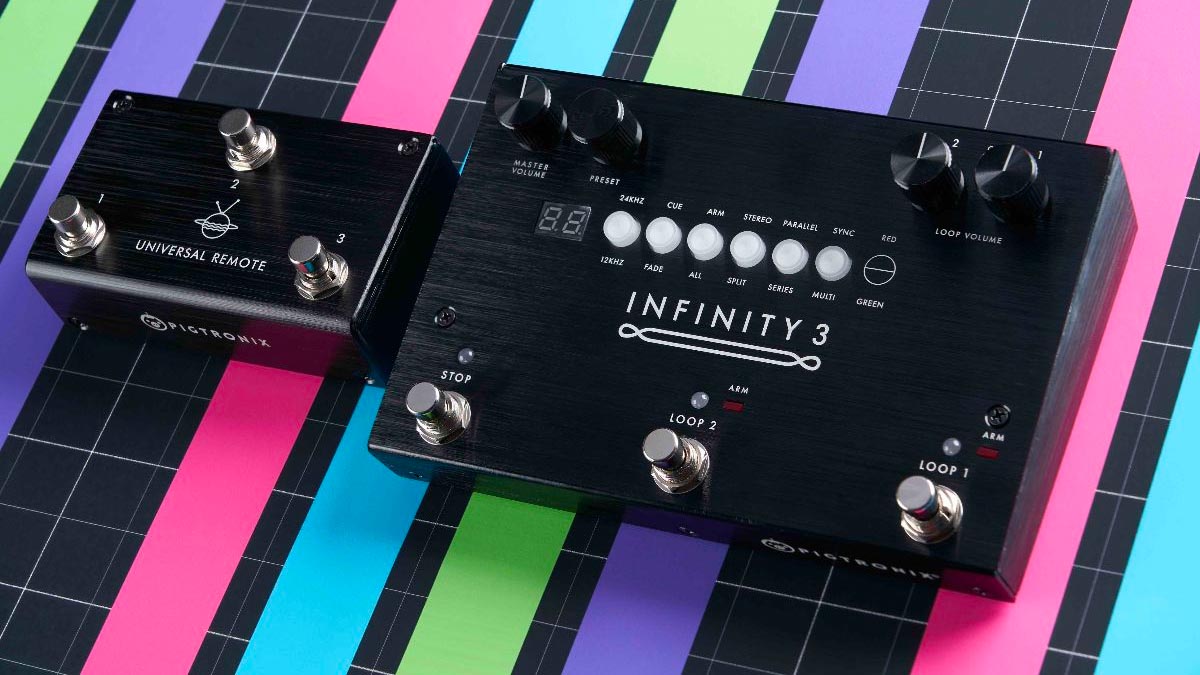
Should a looper pedal go in the effects loop?
It’s up to you really, placing your looper in the effects loop can certainly add some flexibility, allowing you to record loops with and without them being shaped by your amp’s EQ and distortion. If you don’t rely on amp distortion, then running in the effects loop can certainly offer some tonal benefits. Say for example you want to record a clean guitar loop, then play over it with a distorted tone, then placing it in your effects loop will offer that functionality. Conversely, if you play a looper in front of your amp, then any changes you make to your amp's EQ controls or gain will also affect your loops.
How do I connect a looper pedal to an amp?
You can use your looper pedal just like a regular guitar pedal, placing it at the end of the chain with the input coming from the last pedal on your pedalboard and the output going to the amplifier. You can also set it up in your effects loop if your amp has one, by routing the input on your looper to the ‘send’ on your FX loop before plugging the ‘return’ on your amp into the output of your looper pedal.
Can you use a loop pedal with any amp?
Yes, you can use a looper with any guitar amplifier, just plug it in as we’ve mentioned in the questions previously, and away you go! We’ve yet to come across an amplifier that doesn’t work with a looper pedal.
Find out more about how we test music gear and services at MusicRadar.
Related buying guides
MusicRadar's got your back
- These are the best pedalboard power supplies right now
- The best multi-effects pedals for guitarists
- These are the best chorus pedals for guitarists
- You could also deck out your board with the best reverb pedals
- Explore the best guitar tuners for acoustic, electric and bass
- Check out some of the best gifts for guitarists
Get the MusicRadar Newsletter
Want all the hottest music and gear news, reviews, deals, features and more, direct to your inbox? Sign up here.
Mike is Editor-in-Chief of GuitarWorld.com, in addition to being an offset fiend and recovering pedal addict. He has a master's degree in journalism, and has spent the past decade writing and editing for guitar publications including MusicRadar, Total Guitar and Guitarist, as well as a decade-and-a-half performing in bands of variable genre (and quality). In his free time, you'll find him making progressive instrumental rock under the nom de plume Maebe.
- Matt McCrackenJunior Deals Writer
- James Farmer
- Daryl RobertsonSenior Deals Writer
“A pedal that sings with harmonic richness and blooming touch response”: Tone King offers up boutique tube amp tones for your pedalboard with the Imperial Preamp
“Each and every unit is perfectly dialled in to the 'sweet spot' that can be so elusive to find in vintage pedals”: Pigtronix’s Gas Giant is a high-gain fuzz pedal with a FET-driven onboard noise gate
